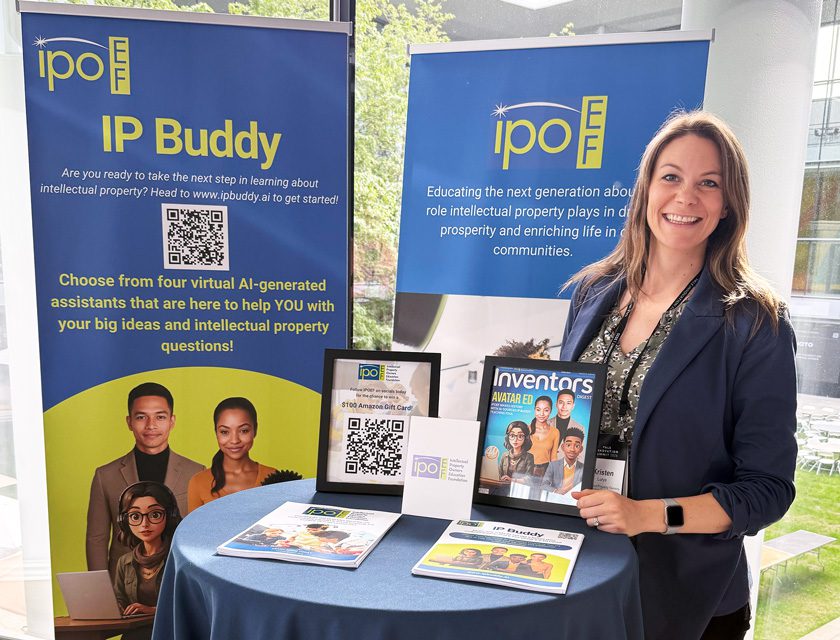3 key factors are time, list of potential licensees, and follow-ups
You wouldn’t cancel on a friend or your boss, so don’t cancel on yourself!
BY APRIL MITCHELL
In our instant-results-obsessed world, many want to see their new idea
licensed and on store shelves immediately after signing a contract.
How can we make things happen faster? What are the key components?
Is there a magic or master formula for licensing concepts
faster?
I have experienced an array of timelines when pitching and licensing new concepts—from licensing an item to the first person I pitched it to, to licensing a concept within a month of pitching to dozens of companies, all the way to licensing a product after pitching it for a couple of years, and everything in-between.
Every instance featured three key common factors: time, list of potential licensees, and follow-ups.
Time
This commodity is so precious—something that can be well spent or wasted. What do you do with all your time?
Using time efficiently is especially important in the inventing industry.
The more time I put into finding more companies to add to my list of potential licensees, to reaching out to companies, pitching, and following up with them, the more I see the desired results—those licensing deals!
There will be times or seasons where things are a bit more hectic and you can’t get as much work done, but decide what you can do and carve out that time.
I used to tell students I coached to make an appointment with themselves and put it on their calendar. That way, the time they set aside doesn’t fill up with other things, because we all know how easily that can happen.
You wouldn’t cancel on a friend or your boss, so don’t cancel on yourself! Keep your appointment with yourself and get the work done. The more time you can commit to your projects, the better.
List of potential licensees
Creating your list of potential licensees takes a lot of time. There is much research: looking at websites, “shopping” in person and online to learn of companies already making products in the industry you are inventing for, and locating the best person to speak or meet with.
If you do not put in the time to do these things, you will have an amazing product but no one to present it to! When this happens, inventors tend to move to their next exciting project while their product that has a prototype and marketing material sits on the shelf.
I have always believed in the idea that there is always someone else to add to my list.
I am constantly on the lookout for new companies to present to, even if I have been pitching in the same industry for several years. I ask myself: “Who else can I share this idea with?”—and find them!
Following up
Often, inventors lose the possibility of signing a licensing agreement for a product because of their lack of follow-up. I am convinced that many or most of the deals I have signed are because of the follow-ups I do.
I mostly follow up over email but often will call companies, send a LinkedIn message, or even follow up in person at a trade show.
Once we are given permission to send our idea via email, submit to an online portal, or after we present our idea to a company, our job
does not stop there. It is in our hands to communicate with companies that are reviewing our concept. We cannot control when or how often they will respond, but we can control when and how often we contact them and follow up.
Do not leave it up to the company to get back to you. Yes, some companies communicate amazingly well, but most people we are pitching to have a dozen other things going on and we are not their top
priority—even if they love our idea.
If I do not follow up with a company, it is unlikely it will license it.
Yes, it has happened that a company was playtesting a game and before I could even see how the playtest went, it emailed to say it wanted to license it. Remember, though, that I had to follow up to get to the step where it wanted to playtest the game.
Is there a magic formula?
I am proof that by working hard, you can license a product in a month—or after two years. In either situation, the above-discussed factors of time, list of potential licensees, and follow-ups are the keys.
Regarding the product I licensed after two years of pitching: I took the time to keep adding to my list of companies and kept following up with them. And for the product that I licensed in a month, I pitched it to dozens of companies and had interest from several.
I put in the time on the front end pitching to the companies on
my list and followed up.
So, no: There is no magic formula. Some things may take longer, but they are still worth it when you sign that licensing contract!


